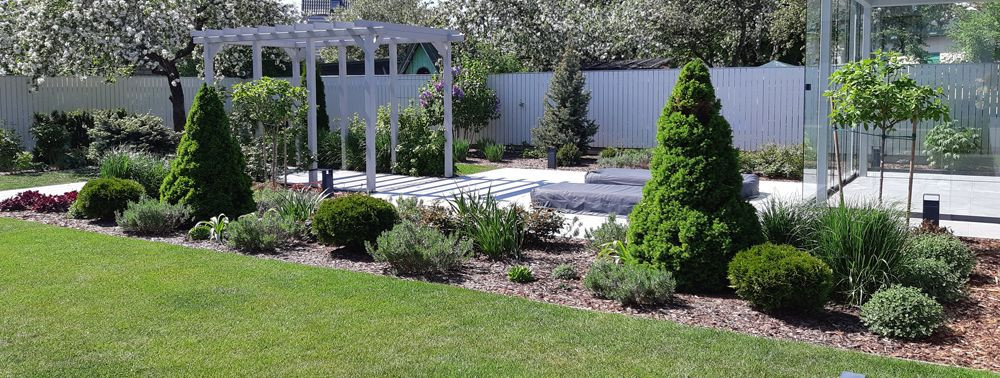Why japanese gardens are the zen you need
Japanese gardens are a testament to aesthetic precision and philosophical depth. They are designed to replicate the idyllic landscapes found in nature, often in a highly stylized and minimalist way. The essence of Japanese garden design lies in its ability to create a serene and contemplative environment, where every stone, water feature, and plant has a purpose and place.
The history of Japanese gardens dates back to the Asuka period, evolving through the ages from the aristocratic gardens of the Heian era to the Zen temple gardens of the Muromachi period. Each era contributed to the rich tapestry of styles and purposes, from promenade gardens to dry rock gardens, each with its own unique characteristics and intent.
The Elements of a Japanese Garden
Key natural components of a Japanese garden include rocks, gravel, water, and plants. Rocks often symbolize mountains, while gravel can represent water or clouds. Water, whether in the form of a pond, stream, or waterfall, is a central element, signifying purity and fluidity. Plants are carefully selected for their seasonal changes and symbolic meanings.
Architectural features such as bridges, lanterns, and teahouses are integral to Japanese gardens. These structures provide not only functional elements but also add to the narrative of the garden, inviting visitors to journey through the landscape and discover its hidden nooks and spiritual significance.
Symbolism is deeply ingrained in the design of Japanese gardens. Every element is chosen for its deeper meaning and its contribution to the overall story the garden tells. From the koi fish symbolizing prosperity and longevity to the maple trees representing the changing seasons, each detail is a deliberate and thoughtful inclusion.
Japanese Gardens and Zen
Zen Buddhism has had a profound influence on the design of Japanese gardens. The minimalist aesthetic, the focus on tranquility, and the meticulous care put into the placement of each element all reflect the Zen principles of simplicity, naturalness, and austerity.
Japanese gardens are designed to be spaces where one can meditate and find peace. The careful arrangement of plants, water, and rocks facilitates a sense of harmony and balance, which is at the heart of Zen practice. These gardens are places where the mind can wander freely, uncluttered by the chaos of the outside world.
Benefits of Japanese Gardens
The calming effect of Japanese gardens is well-documented. The tranquility and natural beauty of these spaces can help reduce stress and anxiety, promoting a sense of well-being and mental clarity.
Japanese gardens often incorporate native plants and sustainable practices, making them not only beautiful but also environmentally friendly. They can support local ecosystems and biodiversity while requiring less water and maintenance than traditional Western gardens.
A well-designed Japanese garden is not only a sanctuary for the soul but also a valuable addition to any property. The unique aesthetic can enhance the visual appeal of a home or business, potentially increasing its market value.
Creating Your Own Japanese Garden
When creating a Japanese garden, it is important to understand the design principles that make these gardens so special. Balance, asymmetry, and the use of empty space are key concepts to embrace.
Not every space can accommodate a large pond or waterfall, but even in smaller spaces, the principles of Japanese garden design can be applied. Selecting the right elements to suit the size and style of your space is crucial.
While Japanese gardens are designed to be low-maintenance, they do require regular care to maintain their beauty and integrity. Understanding the needs of your garden's plants and features is essential for its longevity.






Comments (0)